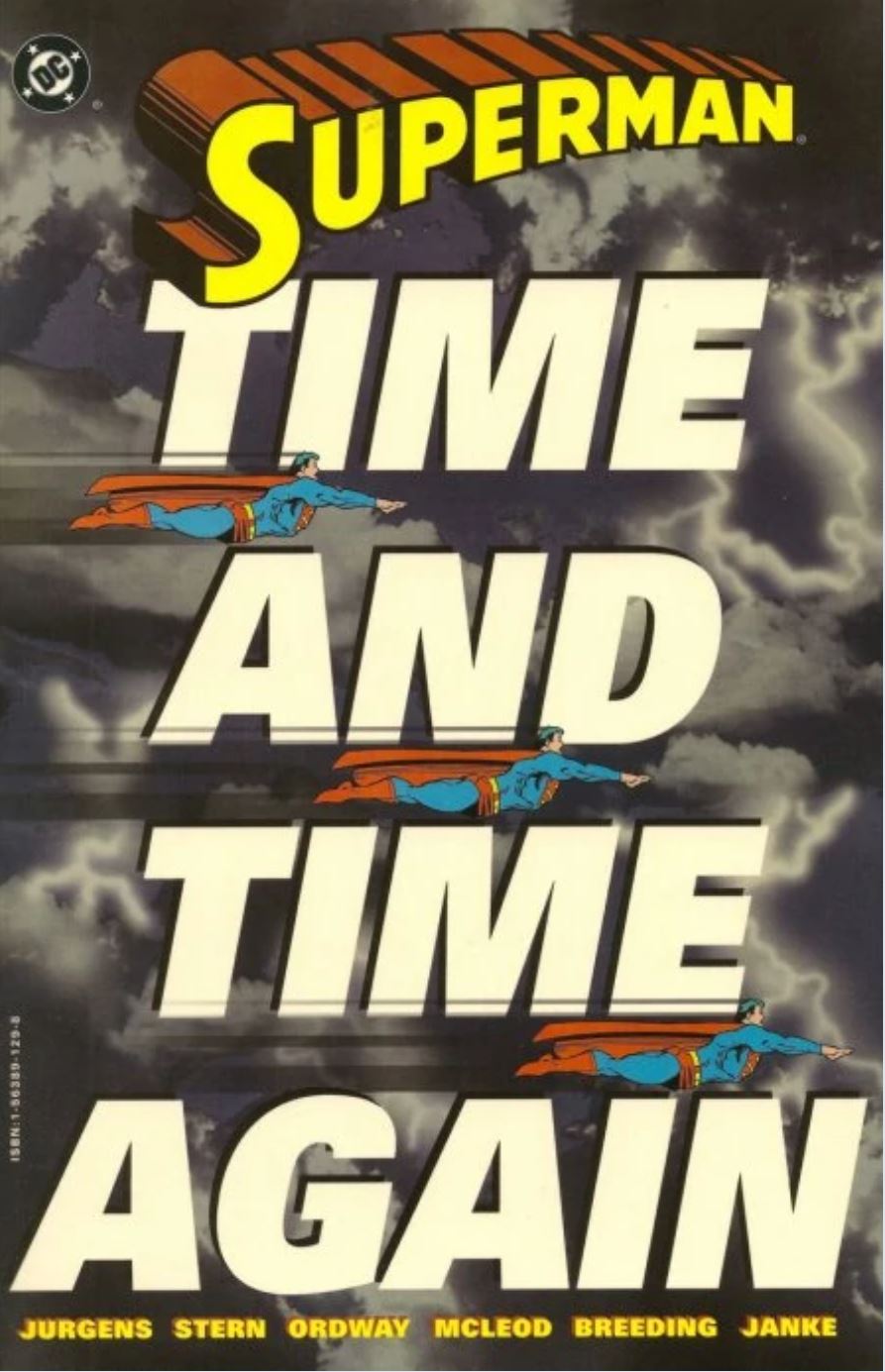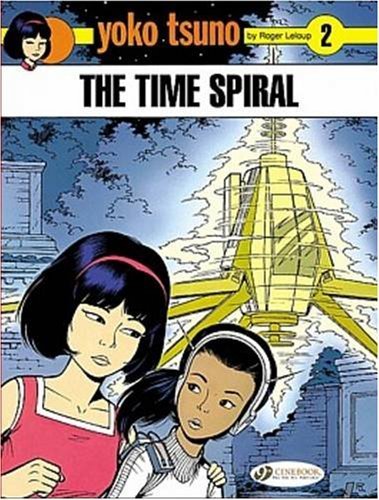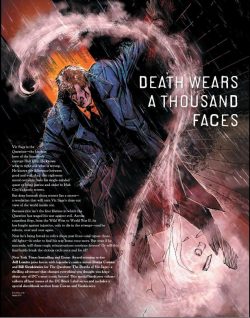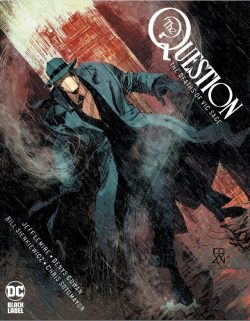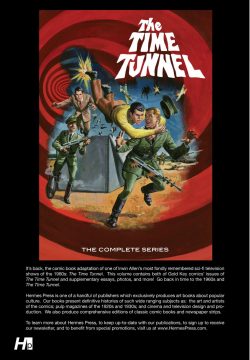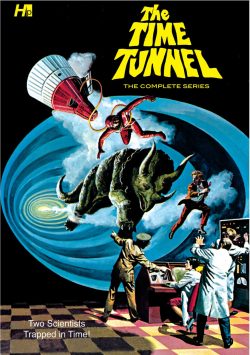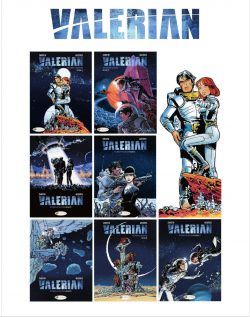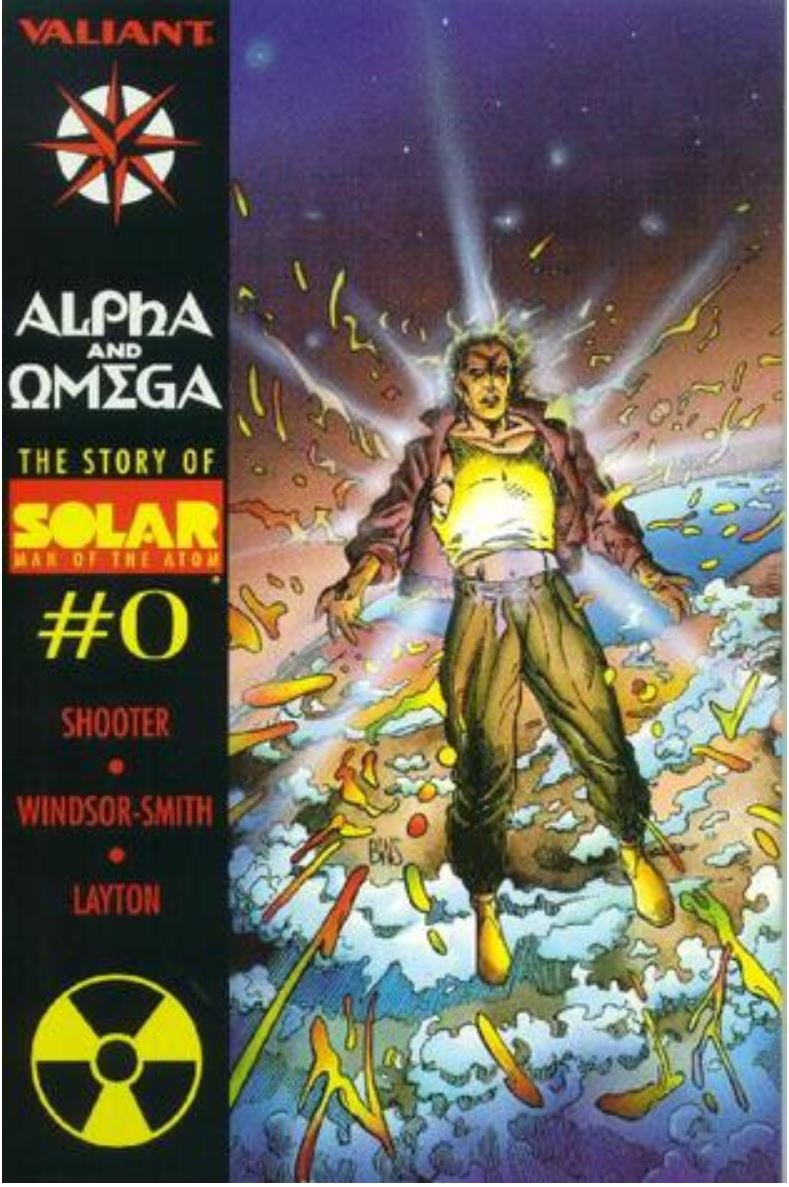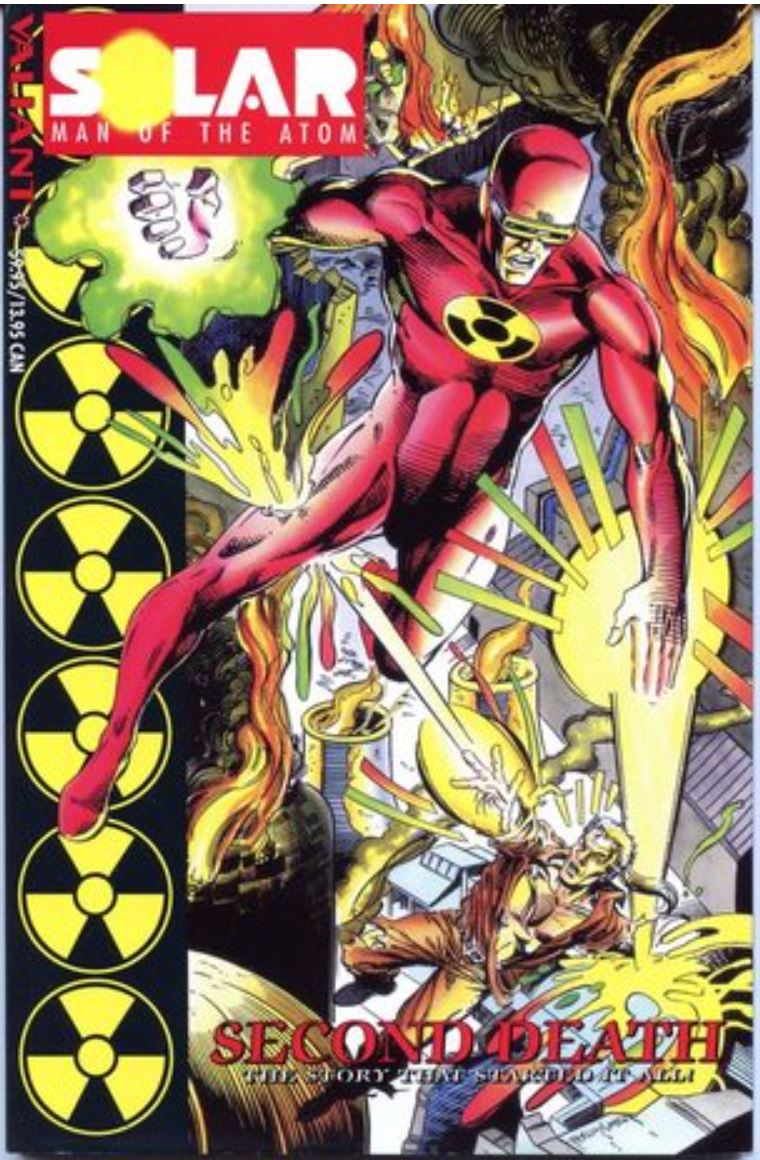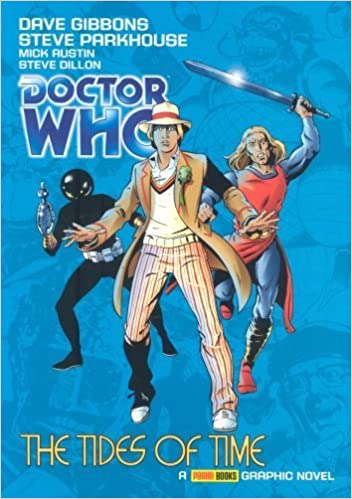
By Steve Parkhouse, Dave Gibbons, Dez Skinn, Paul Neary, Mick Austin, Steve Dillon & various (Panini Books)
ISBN: 978-1-904159-92-6 (Album TPB)
The British love comic strips and they love celebrity and they love “Characters.” The history of our homegrown graphic narrative has a peculiarly disproportionate number of comedians (stage, screen and radio), Variety stars, general celluloid icons and all manner of television actors both in and out of character. This includes such disparate legends as Charlie Chaplin, Arthur Askey, Flanagan & Allen, Shirley Eaton (“The Modern Miss”), Max Bygraves, Jimmy Edwards, Charlie Drake, and so many more; all dead and mostly forgotten.
As much adored and adapted were actual shows and properties like Whacko!, ITMA, Our Gang (a British version of Hal Roach’s film sensation by Dudley Watkins ran in The Dandy as well as the American comicbook series by Walt Kelly), Old Mother Riley, Andy Pandy Muffin the Mule, Supercar, Thunderbirds, Pinky and Perky, The Clangers and more.
Hugely popular anthology comics like Radio Fun, Film Fun, TV Fun, TV Tornado, Look-In, TV Comic and Countdown translated our viewing and listening favourites into pictorial joy every week, and it was a pretty poor star or show that couldn’t parley the day job into a licensed comic property…
Doctor Who premiered on black-&-white televisions across Britain on November 23rd 1963 with the first episode of ‘An Unearthly Child’ and in 1964 a decades-long association with TV Comic began: issue #674 offered the premier instalment of ‘The Klepton Parasites’…
On 11th October 1979 (although adhering to the US off-sale cover-dating system so it says 17th), Marvel’s UK subsidiary launched Doctor Who Weekly. It regenerated into a monthly magazine in September 1980 (#44) and has been with us – under various names and guises – ever since. proving that the Time Lord is a comic hero with an impressive pedigree.
Panini’s UK division (formerly Marvel UK until 1995) endeavoured to collect every strip from its tenure as publisher into a compete archive in a uniform series of oversized graphic albums, each concentrating on a particular incarnation of the deathless wanderer. This particular tome was first released in 2005, collecting strips from Doctor Who Monthly #61-83 and #86-87 plus a bonus story from Doctor Who Weekly #17-18 spanning February 1982 to April 1984 and featuring the complete comics oeuvre of the “Fifth Doctor” as played by Peter Davidson.
With Steve Parkhouse scripting and increasingly in-demand Dave Gibbons still illustrating – albeit not for much longer as America called and global stardom beckoned – ‘The Tides of Time’ opens proceedings with a spectacular epic pulling together threads from previous strip exploits, as multiversal control mechanism The Event Synthesizer is compromised and its attendant guardian The Prime Mover assaulted and ousted by demonic intruder Melanicus.
Built to harmonise the flow of time into a single logical sequence, under the demon’s control the device begins randomising time and wrecking reality…
Meanwhile on Earth in the putative Now, a certain wandering Gallifreyan steps out to bat on a warm afternoon in a village cricket match.
Play suddenly stops when the ball turns into a live grenade halfway to the wicket! Total chaos ensues and the Doctor investigates, incidentally befriending and dragging along displaced medieval knight Sir Justin when irresistibly summoned to a conclave of “higher evolutionaries”: advanced beings such as Gallifrey’s original Master of Time Rassilon, and other sublime and elevated members of the Celestial Intervention Agency who despatch him to deal with the salvo of time-warps Melanicus has unleashed to unmake existence.
Aided – at first unknowingly – by Rassilon’s secondary agent Shayde (a complex program given form to match his function), The Doctor and Justin travel beyond time and reality to encounter bizarre and fantastic things before finally ending the demon’s reign of chaos…
In the aftermath as existence resets itself The Doctor returns to his cricket match and a waiting game…
Doctor Who Monthly #68-69 featured Gibbons’ final work on the feature as seeming standalone tale ‘Stars Fell on Stockbridge’ laid the groundwork for the rest of this Gallifreyan incarnation’s tenure whilst introducing local UFO nut and fantasist skywatcher Maxwell Edison who stumbles across a true alien and shares his TARDIS on the voyage of a lifetime.
Sadly, it intersects with an incredible ancient starship and awakens something incomprehensible before breaking up and raining down as fireworks over the sleepy British town…
Parkhouse pencilled the opening episodes of ‘The Stockbridge Horror’ in #70-75 before his inker Paul Neary was joined by Mick Austin for a dazzling mystery that opened when the local quarry blasted open a sheet of rock five hundred million years old to find a perfect fossilised impression of an old police box…
News of it ruined The Doctor’s breakfast in Stockbridge and precipitated a chase across creation: uncovering the horrifying fact that his TARDIS was increasingly rebellious and dysfunctional due to having been possessed and parasitized. It took a voyage across, between and beyond universes and a total rebuild to fix the problem and demanded a supreme sacrifice from Shayde…
It also brought the wanderer to the attention of Gallifrey’s shamefully opportunistic Military and caused another show trial of the Time Lord before honour could be restored and the parasite – which had gone on to shape all human history – was dealt suitably with. All that was left was to institute a cover-up on Earth, but the Time Lords were to slow and not thorough enough and some details remained in the hands of the UK’s S.A.G.3 unit: a covert squad of super-powered intelligence operatives…
In dire need of a vacation, the Doctor goes fishing in the tropics, but his downtime at the ‘Lunar Lagoon’ in #76-77 (all art by Austin) is marred when he’s captured by a Japanese soldier who doesn’t realise the war has ended. As he gradually befriends confused hold-out Fuji, his gentle therapy is short-circuited by an America warplane strafing the TARDIS before being shot down by Japanese planes!
Due to the Gallifreyan’s misguided interference, confusion follows tragedy as the American flier kills Fuji leading into epic follow-up serial ‘4-Dimensional Vistas’ (DWM #78-83) as the pilot reveals that the date is 1963 and the war never ended. In shock, The Doctor realises he has been on an alternate Earth since the Time Lords released him and offers Angus “Gus” Goodman a chance to escape the conflict forever…
After travelling back to a point when the world was still roiling stardust, the Doctor finally finds “his” Earth, in time to finish the secret mission that first found him playing a waiting game in Stockbridge. In the Arctic, another airliner is brought down and its remnants added to a long-running secret project instigated by Martian Ice Warriors and a hidden ally. Using stolen Gallifreyan technology a traitor Time Lord has been creating an ultimate weapon for the military maniacs, but had not reckoned on a last-ditch assault by the super-agents of S.A.G.3, and more interference from old enemy The Doctor. Although ultimately successful, the brutal battle at the top of the world is only won at great cost…
An era ended and the tone lightened with ‘The Moderator’ in #86-87. Steve Dillon deftly added gritty action and sardonic mirth to the tale of an infallible hired killer commissioned to destroy The Doctor and secure his time vehicle for a new recurring villain…
Ultimate disaster capitalist Josiah W. Dogbolter was the richest man (humanoid frog actually) in creation and believed that Time was Money, further positing that if he had a machine to control time all the money would naturally follow. He was not happy when The Doctor couldn’t be bought…
This stunning, sterling trade paperback concludes with a short story by veteran British comics stalwart Paul Neary (from a plot by Dez Skinn) as an extragalactic chronovore invades the TARDIS, causing continuity to reverse itself and requiring the attention of all four Doctors (and K-9!) to counter the threat of ‘Timeslip’ (DWW #17-18: February 6th – 13th 1980).
Sheer effusive delight from start to finish, this is a splendid confection for casual readers, a fine shelf addition for dedicated fans of the show and a perfect opportunity to cross-promote our particular art-form to anyone minded to give comics another shot. The only thing that could improve it would be a digital edition…
All Doctor Who material © BBCtv. Doctor Who, the Tardis, Dalek word and device mark and all logos are trademarks of the British Broadcasting Corporation and are used under licence. Dalek device mark © BBC/Terry Nation 1963. All other material © its individual creators and owners. Published 2005 and 2014 by Panini. All rights reserved.

